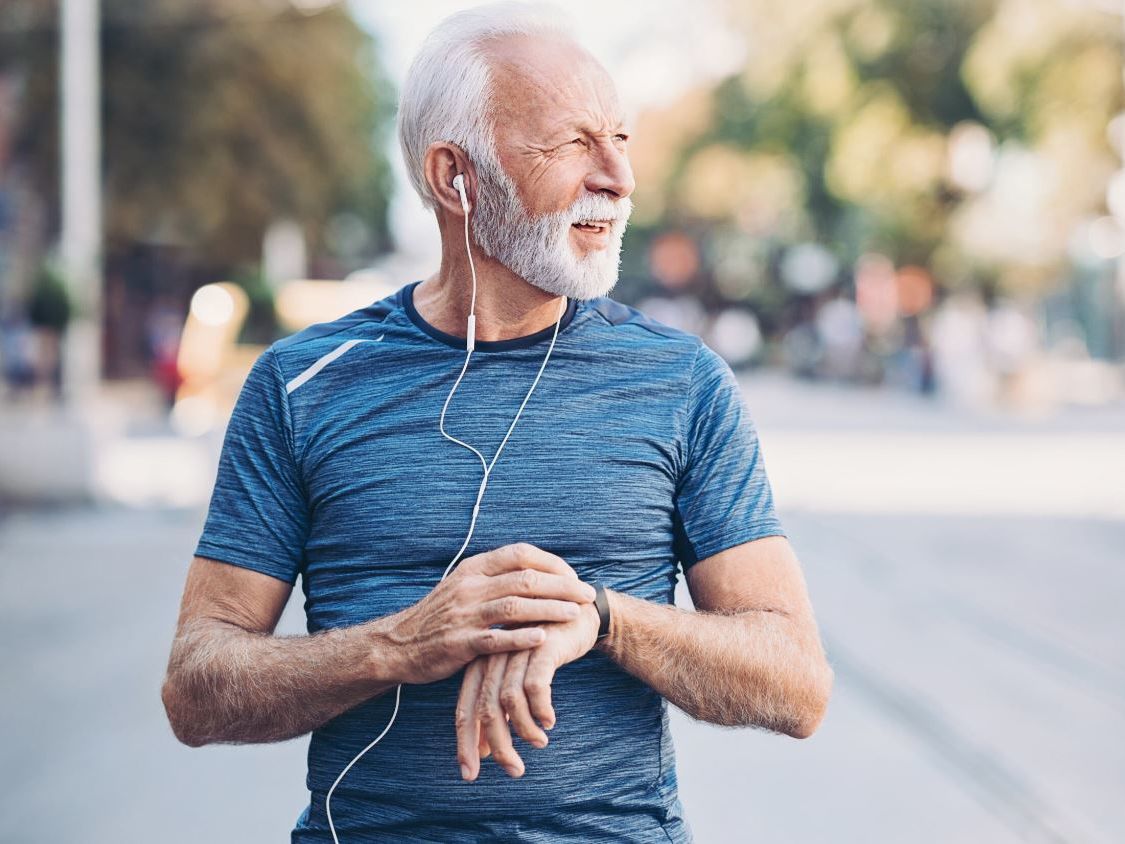What prevents us from exercising more
Older people like walking, but there’s a hitch. Here’s an interactive tool to get you out and about.

How to improve your heart health
Heart disease is the cause of one in four of all deaths in Australia, with more than half of the population having three or more key risk factors.
Most cardiovascular disease risk factors are preventable through a healthy lifestyle, including a healthy diet, regular exercise and maintaining a healthy weight.
Engaging in 30 minutes or more of physical activity most days of the week (accumulating 150 minutes per week) can reduce the risk of heart disease and death.
It is recommended that adults do muscle strengthening activities at least two days each week, including those over 65.
Seniors are urged to exercise regularly as the path to improved sleep, mental health, and vitality; combatting heart problems, diabetes, asthma, arthritis, and osteoporosis; and reducing falls and injuries.
A Heart Foundation report has found that most people want to be physically active and want the opportunity to exercise in their local communities. In a survey of 3,000 people, 93% of respondents believed this to be important or very important.
The survey asked questions about:
The features that are most important in a local neighbourhood.
What matters most to the respondents when deciding where to live.
How they engage in physical activity.
However, the path to exercise and achieving better health is being blocked by the poor state of our footpaths.
We want our local areas to be easier and safer to walk, wheel, bike ride, or use public transport.
The What Australia Wants report revealed 66% of people want governments to redirect some roads funding into more local infrastructure such as footpaths that are safe, well-lit, and connected to shops, schools, and public transport.
Walking in the local neighbourhood is the preferred exercise for 70% of people surveyed. This was followed by using “active modes of transport” such as bicycles, to access daily needs, and using the natural environment, for example by hiking in nature.
The condition of footpaths was a barrier to exercising, followed by poor safety, difficult-to-get-to destinations, and a poor sense of community.
“This survey shows the pressing need for all governments to invest more in walking, running, and riding infrastructure and to make it as accessible and safe as possible for people,” Heart Foundation senior physical activity adviser, Elizabeth Calleja, said.
“This isn’t just about sparing people the heartache of preventable heart disease, it’s a smart economic investment. Supporting healthier environments helps people live active, healthy lives, stay productive in the workforce, and avoid costly hospital admissions.”
When choosing where to live, people said they wanted connectivity to destinations:
Walking distance of shops, health practitioners, and work.
Sense of place, including having a sense of belonging.
Access to healthy foods, public open spaces, and movement networks.
The report concluded that it’s not only nice but essential for residents’ health that local areas have well-maintained walkways and shared public spaces, and the ability of residents to lead active, healthy lives.
You can check it all out the survey responses here. More information about the Heart Foundation’s advocacy for more walkable neighbourhoods is available here.
You can search the walkability of your local area on the interactive map here. The tool will help you find parks, supermarkets, schools, libraries, cafes, public transport, doctors, and convenience stores nearby. You can select places that are 5, 10, 15, or 20-minutes away by foot.
Related reading: Department of Health, Heart Foundation, What Australia Wants report






